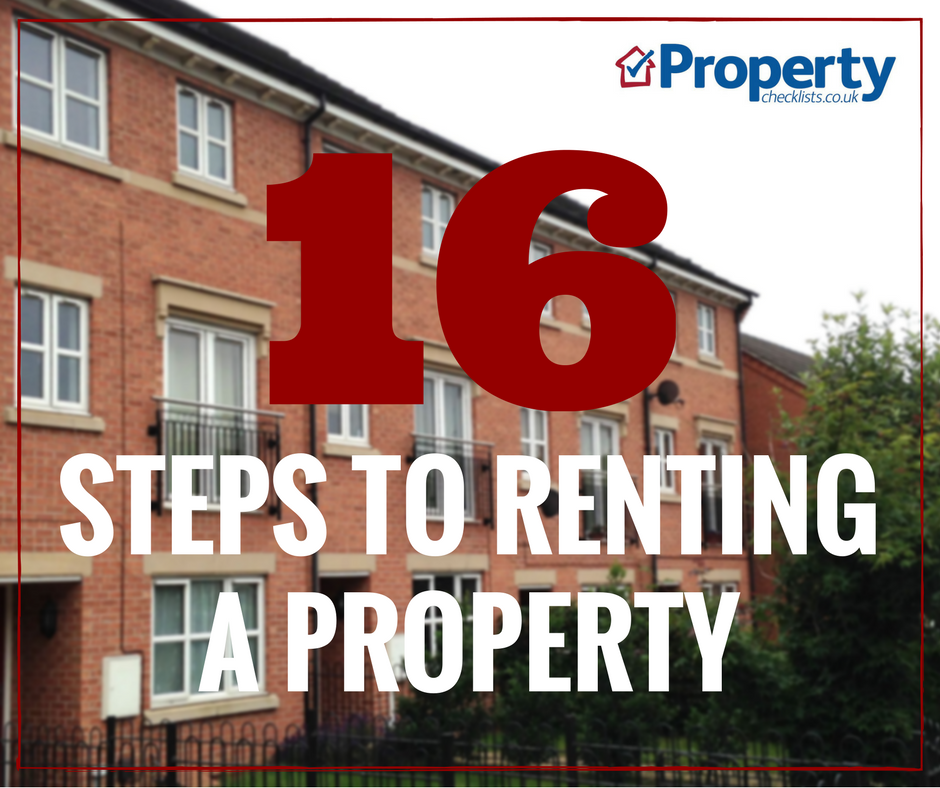
Rents rise and fall in similar ways and for similar reasons to property prices but, contrary to media reports of them ‘skyrocketing’, they tend to be a lot less volatile than property prices.
For example, in Belvoir’s rental report for Q2 2018, the average rent for England, Scotland and Wales increased by just £1 from the average rent in 2017.
In fact, research published in Belvoir’s Decade of Data has shown rents have risen well below the rate of inflation over the last decade.
On the whole, our analysis and experience shows that rents rise in line with wages rather than with house prices, or the expected influences of inflation or landlords’ costs. This makes a healthy economy one of the biggest influences on rental growth.
The reason for this is because landlords can only demand rents which tenants can afford to pay. To take out rent guarantee insurance, they are also bound by affordability criteria which generally limits them to charging no more than a third of the tenant’s monthly income. If landlords charge too much, they risk a costly void period or, if they do find a tenant willing to pay, they may not be able to get rent guarantee insurance.
Therefore rents tend to rise as long as wages go up, which generally occurs when the economy is strong.
Belvoir’s Decade of Data reports: “Unlike house prices, which can carry on rising irrespective of what’s happening to wages, rents appear to flat-line when wages rise at less than inflation or at a similar level, and rise when wages are increasing at a faster rate than inflation.
“This means that in areas where there is a shortage of supply versus demand, we see rents rise for a few quarters, then they tend to flat-line again, even if demand remains higher than supply as tenants simply can’t keep paying more rent than their earnings.”
As with property prices, supply and demand play their part, too. Properties in big business areas, major cities and, of course, the capital, will command higher rents than those in small towns or where jobs are scarce and people just aren’t paid as well as will those in popular areas with great shops and restaurants, or excellent transport links for commuters.
All of these factors make a property more desirable, creating demand and allowing the landlord to charge higher rents.
As we reported in our Rental Summary for August 2018, rents in Tunbridge over the past decade rose at a similar rate to inflation but, when analysed further, it was revealed that rents for three-bedroomed houses were rising much faster: “This is because renting has become more popular in higher wage brackets and in some areas, more cost effective in the short term than buying a home.”
But just as house prices are capped by the amount banks and building societies will lend, as mentioned above, rents are capped by how much tenants are able to pay, ie their salaries. It is better for a landlord to charge a lower rent and have their property occupied than it is to have an empty property which still incurs costs such as mortgage repayments, insurance and council tax.
Read how an empty property could cost the landlord up to £300 per month.
Investment in the local area can cause both prices and rents to rise as the boost to the local economy can drive up wages. Transport is a big influencer, too, as it significantly widens an area’s appeal. For example, a new rail link which makes it possible to commute to a big business hub such as London can draw higher earners into an area. Higher earners can afford to pay more to their landlords, so this pushes up rents.
An example cited in Belvoir’s Decade of Data is that of Peterborough, which has seen substantial rent increases in the past 10 years of:
It is no coincidence that, in the same period, many new builds have come onto the market and the city has benefited from improved transport links to London.
This kind of regeneration is good news for landlords as it attracts investment into the area, meaning better shops and more places of work opening, increasing job opportunities and increasing increases demand for properties, both for sale and to let. Crucially, though, it brings more wealthy people into an area, which enables rent increases.
As explained above, it is the tenants’ ability to pay – ie wage growth – which ultimately drives up rents but their perception of rent hikes can actually be distorted by a couple of factors:
| Buy to let tax - Nicholsons Chartered Accountants | How to rent - Property Checklists | Renting a Room - Spareroom |
 |
 |
 |